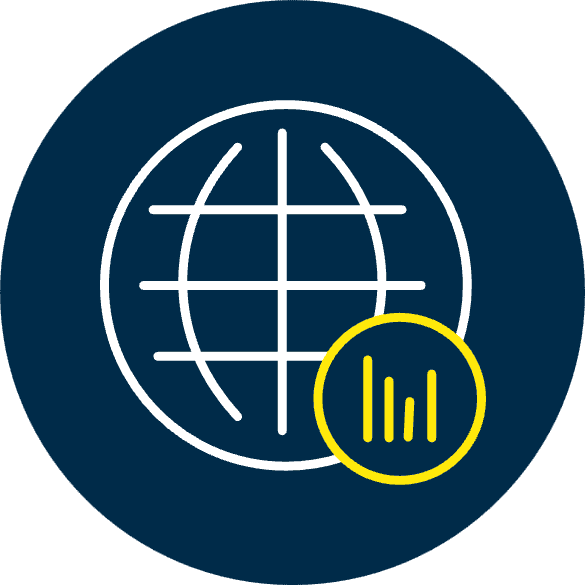Data, models, tools
At the core of Fathom’s work is a powerful suite of economic datasets, models and tools. These cutting-edge, proprietary resources are the foundation of our independent research and consultancy services. They are continuously updated to incorporate the latest data and advancements, ensuring our insights are consistently accurate and reliable.
The extensive range showcased below is available to clients through subscription. We also design and develop new solutions for clients as part of bespoke consultancy projects. For more information about these or to discuss your needs and how we can help, please get in touch.
Our data-driven approach
Accurate data are essential in guiding important decisions. At Fathom, we scrutinise, verify and enhance data to create gold-standard datasets. These form the basis of all our proprietary indicators, analytical models, interactive dashboards, and analysis.
By building from the ground up, we commit to data integrity at every level and ensure that as data evolve, so do our insights – enabling us to provide policymakers and decision-makers with the complete and accurate picture.
Our global models and tools

Energy Transition Scores

Financial Vulnerability Indicator

Geopolitical Alignment Tracker

Global Economic and Strategic Allocation Models (GESAM)

RiCArdo database
Our global indicators
- Macroeconomic
- Macroeconomic
- Macroeconomic
- Financial market
- Financial market
- Macroeconomic
- Macroeconomic
- Geopolitical
- Financial market
- Financial market
- Macroeconomic
- Macroeconomic
- Macroeconomic
Our China models and tools

Capital Flows Tracker

Centrality Tracker

Engagement Scores

Fathom’s China model
Our China indicators
- China macroeconomic
- China macroeconomic
- China housing
- China macroeconomic
- China macroeconomic
- China macroeconomic
- China housing
- China housing
- China housing
- China macroeconomic
Get in touch
For more information about our data, models and tools or to discuss your needs and how we can help, please fill out the form below.